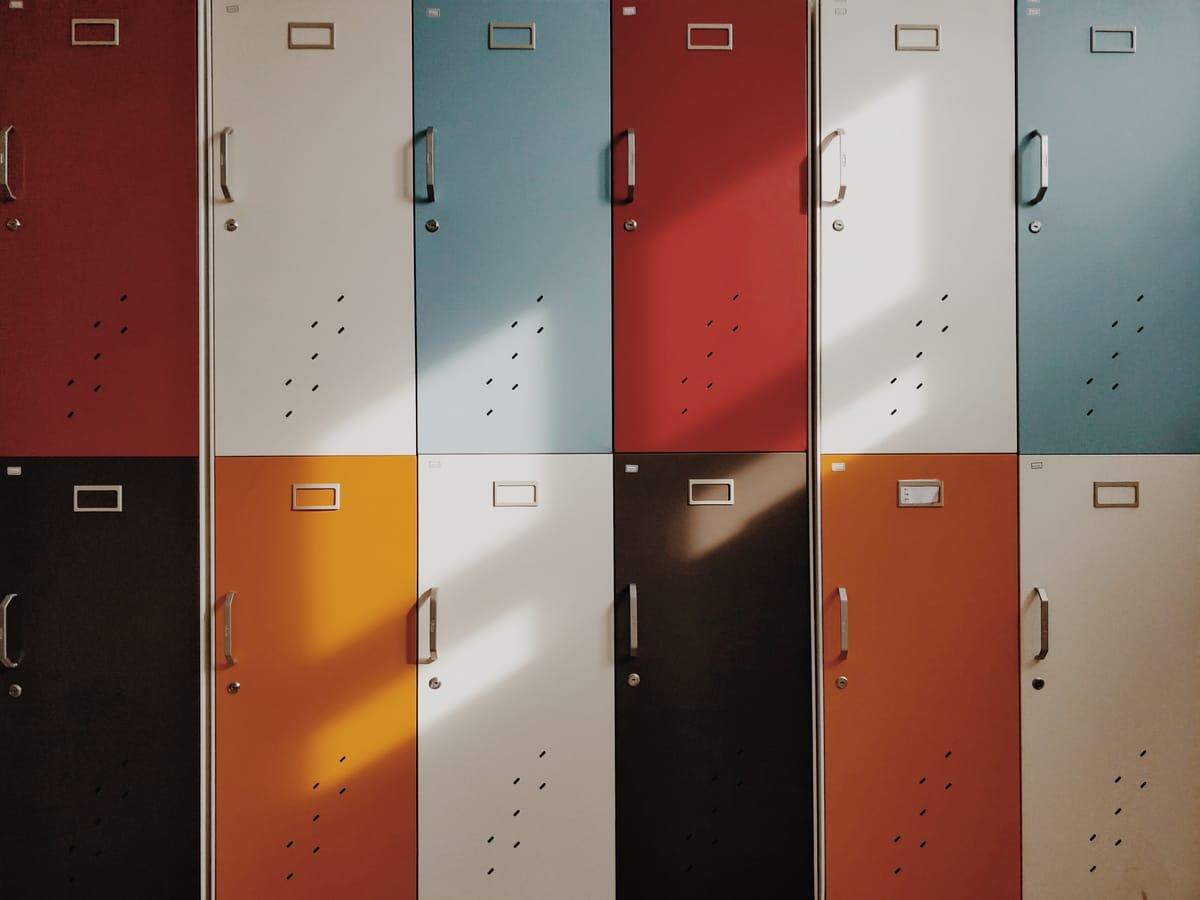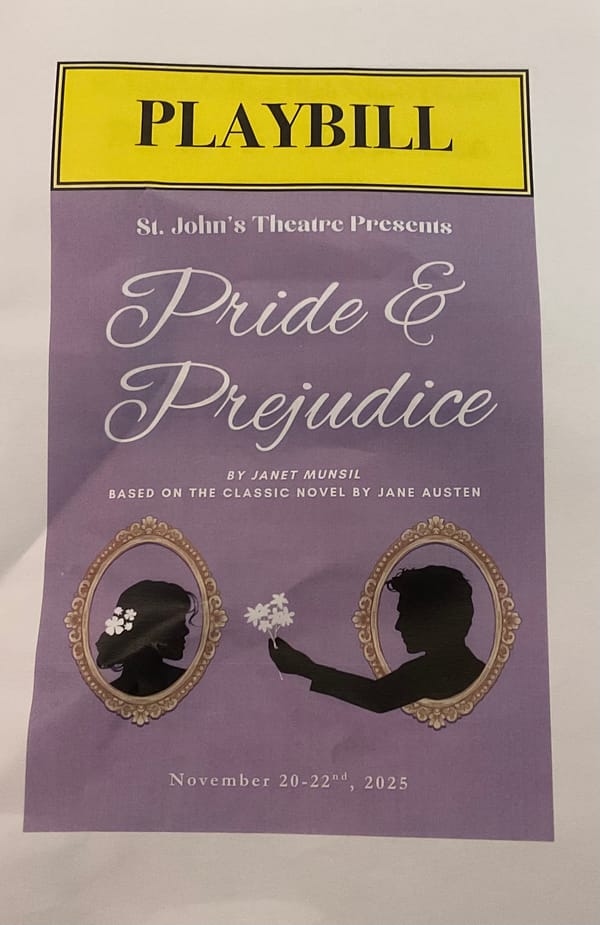Editorial: How to improve diversity issues in academia

Throughout my middle and elementary school I was always one of five students of color in my class. It wasn’t until I had made a group of black friends that I realized how much going to a PWI (predominantly white institution) had really affected me. Whether it was in my social life or the classroom, I started to realize how seemingly every book we read in school was about white people and how I had so few teachers that looked like me. I tried so hard to fit into a space where I would, quite literally, always be the black sheep.
Don’t get me wrong. I am extremely grateful for the access to private education. But, there is no denying that going to a PWI can come with its own host of problems.
During my freshman year I began to notice the difference between my honors classes and my regular classes. More kids of color greeted me in my regular classes than my higher level courses. However, these challenges are not specific to St. John’s. Students of color in PWIs all around the country face similar experiences. According to the Education Department, only 27 percent of black and latino students take one or more AP courses; and only around 18 percent pass the exams. So, why is it that a majority of students of color don’t take higher level classes and how can we encourage them to do so?
One explanation is lack of diversity in the curriculum. There is not enough diversity in the American Literature curriculum. At St. John’s there are only limited opportunities for sophomores to read influential Black voices in American Literature. But, the St. Johns English department is changing, each course will just be English 9, 10, etc. Could this lead to more diversity in curriculum?
Many seniors this year had to choose between the one English class with minority representation and honors or AP. Implementing diverse stories into the curriculum could not only increase the amount of minority students in higher level classes, but also make class more enjoyable as students are exposed to new voices. If we diversify our education then we can engage more students of color which may encourage them to take honors and AP classes. Books like The Hate U Give, The Vanishing Half, Poet X, and The Alchemist, would be great novels to spark conversations, engage minority students and still teach about classic writing styles.
But lack diversity in curriculum isn’t the only issue, lack of diversity also presents challenges.
Why is it that so many students of color have low success in higher level classes, if they even take them at all? Many students of color face microaggressions from teachers in higher level courses, which tend to be taught by white teachers. A study done by John’s Hopkins university confirms this bias against black students. This study found that white teachers were 12 percent more likely to predict that a black student wouldn’t complete high school. Studies like these further the idea among black students that they have to walk on water in order to be taken seriously by their teachers.
Given the discouragement caused by this, many black students feel uncomfortable and stunted in their education . Having to face microaggressions and low expectations from a teacher destroys academic confidence and the trust between a student and an educator.
The education department says 85 percent of teachers in private schools are white.
Diversifying faculty would be a step towards improving the school environment. This could create conversations between colleagues about microaggressions, race, and equity. This would also allow for students to have teachers they can relate to. A study from the Learning Policy Institute found that when students of color have a teacher that looks like them, academic performance improves along with the graduation rate.
Plus, a study from NYU states that students of all races have more positive outlooks on their teachers of color than their white teachers. Diversifying faculty would not only be a positive change for minority students, but all students.
These changes would implement a safer and more comfortable learning environment for all students, rather than just majorities. No child should have to worry about these problems, but unfortunately it has come to a point where many black students have to pick between their education and a safe, nurturing environment.




